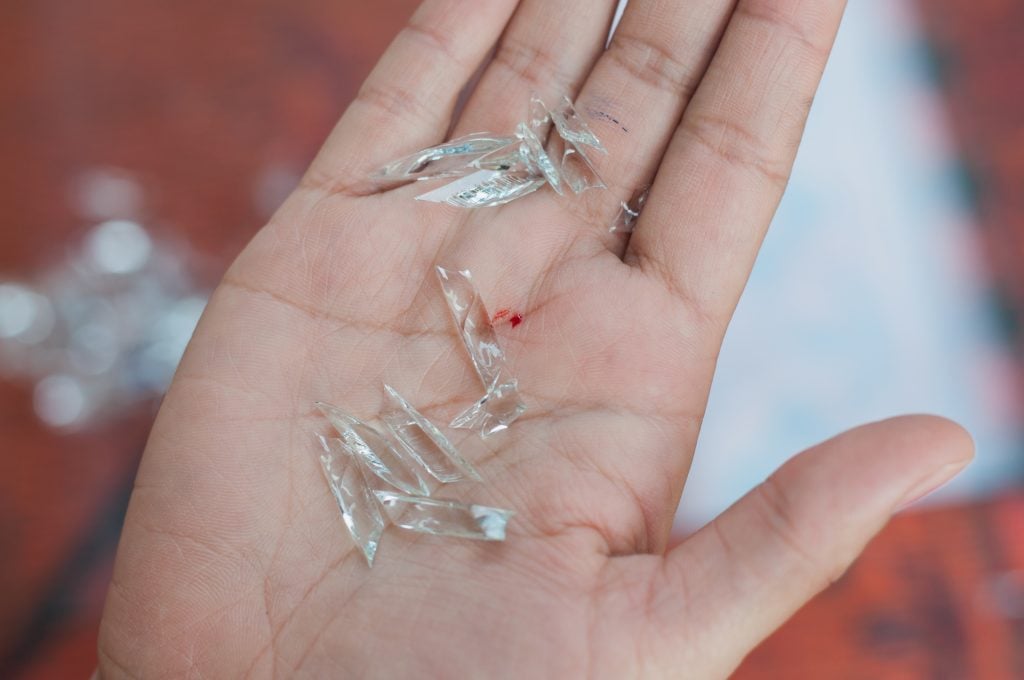How Being Proactive Can Prevent Sharps Injuries
Being proactive can help prevent sharps injuries before they happen. By preventing injuries, a medical establishment is likely to make staff and patients feel safer, increase moral and productivity, and save money that would have otherwise been spent in the case of an injury. Injuries from medical sharps can be expensive and pose a significant burden anywhere sharps are present with both immediate and ongoing costs. To summarise the costs:
IMMEDIATE COST
The immediate and ongoing treatment costs of sharps injuries vary depending on if the injury is a complicated or uncomplicated sharps injury. As expected, complicated injuries are less frequent but cost significantly more money. They include laceration of a digital nerve, artery or tendon, and infection of a blood-borne disease such as Hepatitis B, Hepatitis C, and HIV.
HIDDEN COST
The “hidden” costs of a sharps injury can include legal fees, worker’s compensation, and fines should an institution be found non-compliant.
HUMAN COST
The “human” costs refer to the non-financial costs on the healthcare worker affected by the sharps injury, such as personal distress to both them and their family.
SOCIAL COST
The “social” costs refer to further costs to the institution where the sharps injury occurs, particularly in Human Resources. These include recruitment to cover or replace the injured worker, and reduced staff morale and patient confidence in their institution.
Being proactive is the best way for an establishment to prevent these unnecessary costs and injuries. Establishments can do a number of things to be proactive in reducing sharps injuries:
PROACTIVE TIP – PASSIVE SAFETY DEVICES
Using passive safety devices as opposed to active safety devices is a very important step to being proactive and reducing sharps injuries. Passive safety devices such as the Qlicksmart BladeFLASK can prevent up to 5 times more injuries than a safety scalpel when used together with a hands-free passing technique. See our blog on “Why You Should Be Using Passive Safety Devices” for more information about how passive safety can reduce sharps injuries before they happen.
PROACTIVE TIP – CULTURE
Creating a culture of safety is an essential foundation to both delivering safe and reliable care and ensuring that patient safety and staff safety are at the center of all care delivered. A “no blame culture” in which staff are encouraged to admit to mistakes and near misses in order to learn, share good practices, and avoid similar incidents in the future is huge step that establishments can take towards being proactive and reducing injuries. This way, their staff are given the opportunity to learn and reduce injuries as opposed to staying silent and putting themselves and others at risk.
PROACTIVE TIP – COMPLIANCE
One third of hospital trusts in England were found to be failing to comply with safety regulations (HSE, 2016) designed to reduce the risk of sharps injuries to nurses and other frontline staff. Sharps injuries could dramatically decrease, just by making every hospital or other medical establishment compliant with regulations before injuries occur.
Employing even one of these preventative techniques can make a medical establishment proactive in preventing sharps injuries, saving time, money and lives.


